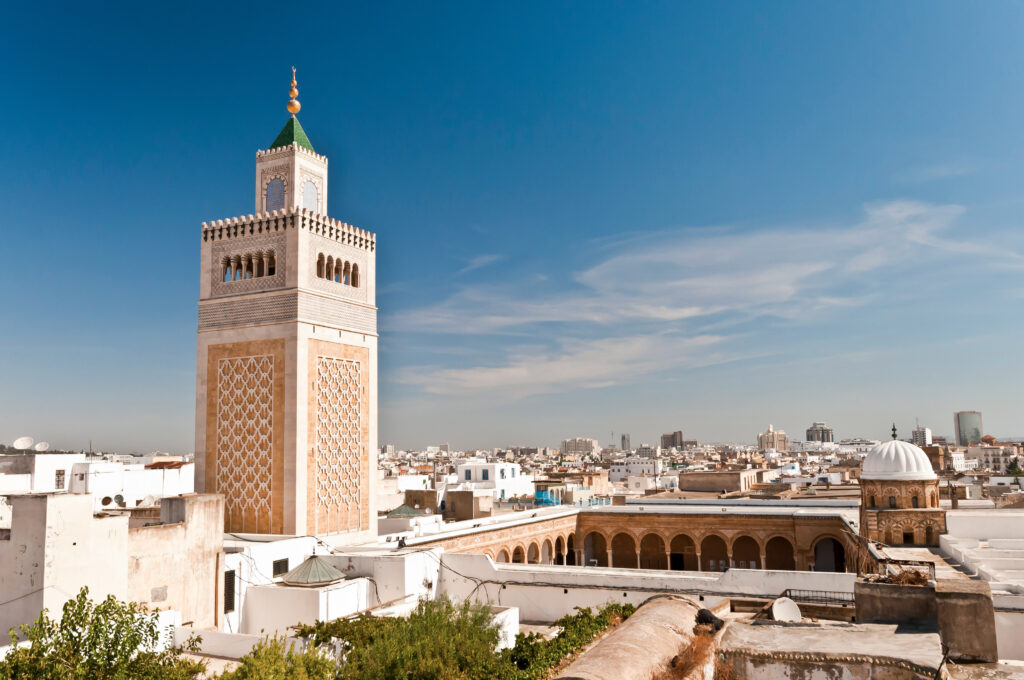
The city of Tunis, one of our 17 most beautiful places to visit in Tunisia, is the real nerve center of the country. Every day, millions of people cross the streets of the country's political and economic capital, which has skilfully reconciled the demands of modernity with respect for tradition. From Place d'Afrique to Place de la Victoire, the modern face of the city is revealed. The majestic Saint-Vincent-de-Paul cathedral dominates this western part of Tunis. And don't forget the extraordinary life of the medina, with its lively alleys full of shouts and bursts of color, a must-see. Finally, you'll need to travel a few kilometers to enjoy Carthage, Sidi Bou Said or La Goulette.
1. Tunis Medina
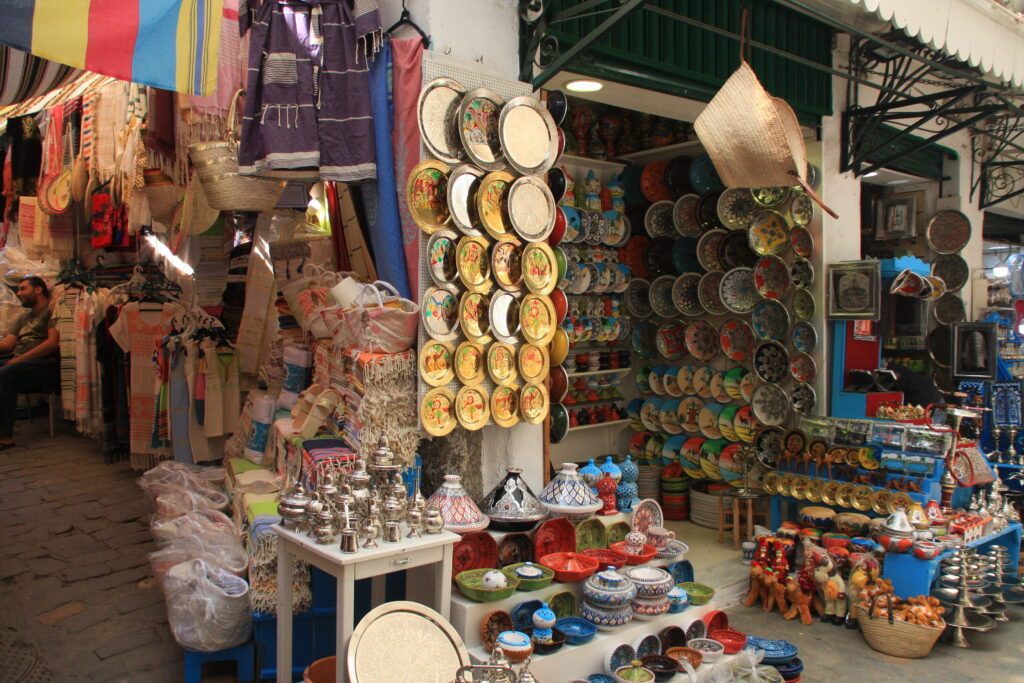
Exploring the maze of alleyways in the Tunis medina is an opportunity to travel back in time and enjoy the pleasures of the souks. After passing through the Porte de France, dating from 1848 and bearing witness to the Hafsid enclosure that once surrounded the medina, you enter the historic heart of Tunis, listed as a World Heritage Site by UNESCO. Founded thirteen centuries ago by the conquerors of Byzantine Carthage, the medina revolves around the great Ez-Zitouna mosque, an important spiritual center. Two main thoroughfares, Rue de la Kasbah and Rue Jamaa-Ez-Zitouna, enliven this district, lined with typical boutiques. Each district has its own charm...
We recommend that you discover Tunis by booking this 4-hour guided walking tour of the mosques and monuments of the historic medina.
2. What to do in Tunis Visit the Grand Mosque or Zitouna Mosque
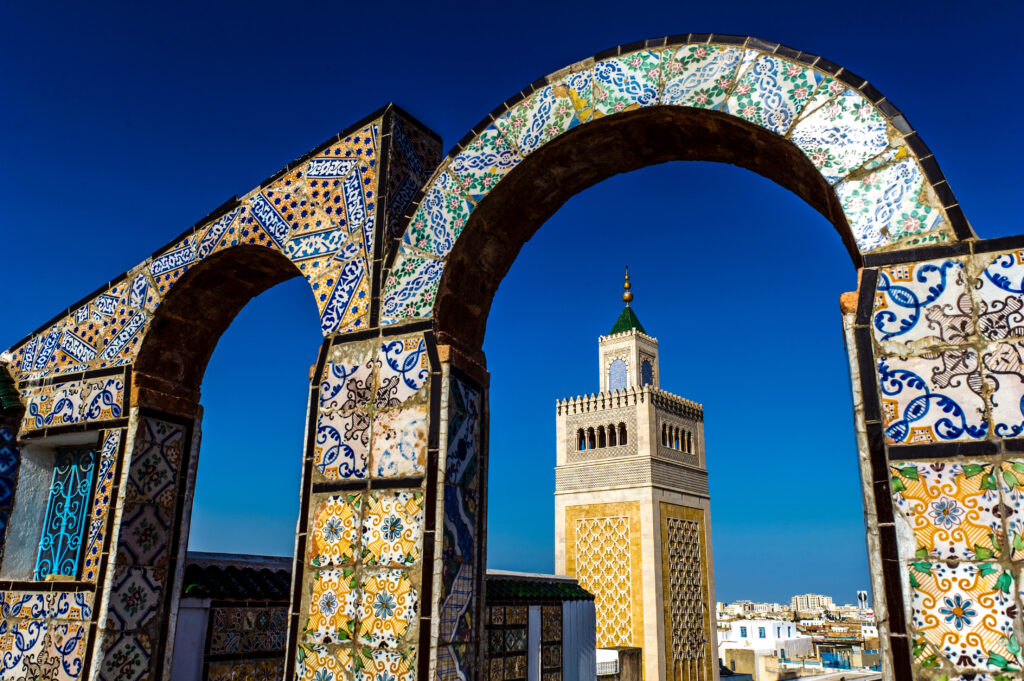
In the lively heart of the medina stands the Grand Mosque, also known as the Olive Tree Mosque (ez-Zitouna). Its architecture is a blend of classical and Romanesque styles, with arcades and columns with capitals. This imposing mosque, the largest in Tunis, was originally erected in 698 when the city was founded by the Umayyad governor Obeid Allah ibn Al-Habhab. It was then completely rebuilt from 856 to 863 by the Aghlabid emir Abu Ibrahim, before being regularly modified. Today, it remains a place of religious life, providing religious instruction and welcoming the faithful for the five daily prayers. The vast hypostyle prayer hall, with 15 naves, is supported by 184 antique columns and capitals, probably salvaged from the ruins of Carthage. Since independence, the roof and prayer hall have undergone extensive restoration work.
3. Bardo National Museum
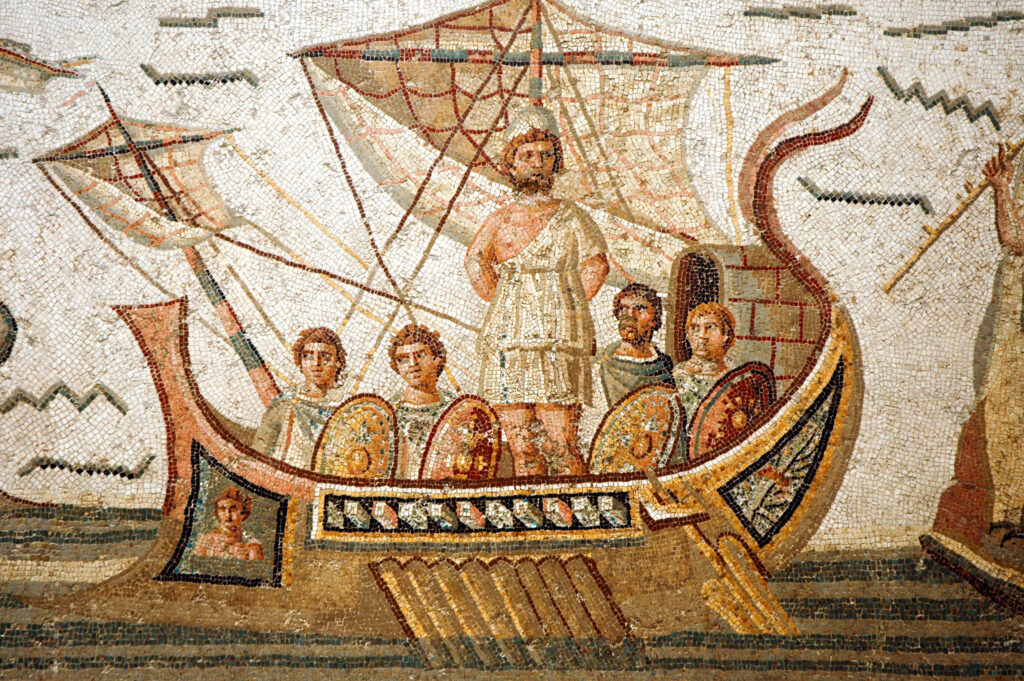
After two years of closure for redevelopment work, the Bardo National Museum reopened its doors to the general public in September 2023. And it remains the most important archaeological museum in the Maghreb. Founded in 1882 and sadly made famous after the 2015 attacks, the Bardo Museum is located on the outskirts of the city towards Béja and Bizerte, close to the university campus. Its collection is divided into four departments covering different periods of the country's history: Carthaginian, Punic, Christian and Arab-Muslim. A fifth department is devoted to bronze and marble pieces of Greek origin, from underwater excavations in Mahdia. The museum is also famous for its remarkable collection of Roman mosaics, from sites such as Carthage, Sousse, Dougga and El Jem.
4. What to do in Tunis Visit Carthage

For a long time, the site of Carthage, a UNESCO World Heritage site, remained unknown. Excavations began in 1857, and since then Carthage has become world-famous. Founded three thousand years ago by the Phoenician princess Elyssa, the city of Carthage has a glorious and tormented past. A few vestiges of this past have survived as an imperfect reminder that the fate of the Mediterranean was played out here. Carthaginian power rivalled that of Greece, then the Roman Empire. Its last conquerors are archaeologists and historians. Thanks to them, three millennia of history have been unearthed, bringing together the greatest civilizations. From the hill of Byrsa, where the vast museum is located, to the collections of Punic and Roman artefacts, you can see the Carthage of yesterday and today.
Click here tobook your guided bike tour of the archaeological site of Carthage with a guide who will tell you all about the history of this world-famous site!
5. Sidi Bou Said
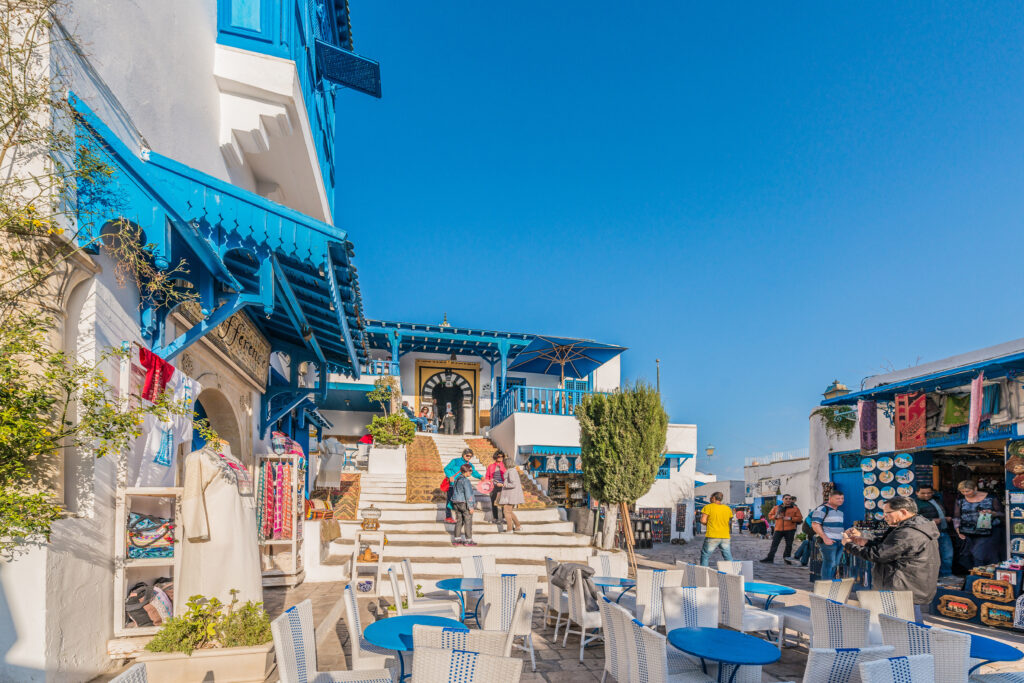
Perched high above the Gulf of Tunis, enchanting Sidi Bou Said has become an essential stopover on any trip to Tunisia, and one of our top sun destinations to visit in October, for example. Celebrated in numerous poems and songs, it sits majestically on a hilltop. In the space of a few decades, Sidi Bou Saïd, with its blue and white houses, has become almost as famous as its neighbor Carthage. The town's emblematic colors, white and blue, were imposed by decree of the Bey of the time in 1905, at the suggestion of Baron d'Erlanger. These colors continue to contribute to the city's international renown. The seafront offers sublime panoramas, the beach is most pleasant, and the views over the sea and the village are worth a pause to immortalize these moments in photos.
Discover the wonders of Tunis, Carthage and Sidi-Bou-Said on this full-day guided tour that takes in all the must-sees!
6. What to do in Tunis Visit Café des Délices
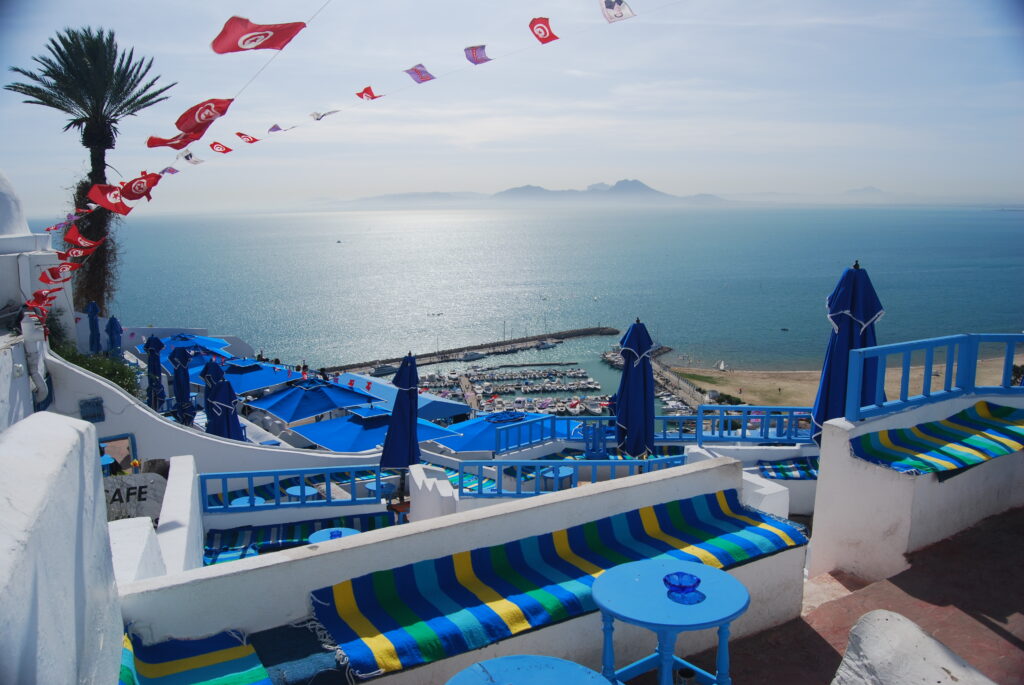
Thisis THE terrace café that's on every postcard of Sidi Bou Said. Offering a magnificent view of the bay, with Korbous on the horizon and the Bou Kornine mountains in the background, the Café des Délices irresistibly attracts visitors for a contemplative break... As the sun sets and the day-trippers retire, the atmosphere becomes more authentic, more intimate, enveloped in a gentle local ambience. The many terraces and colorful carpets add to the charm of the place. However, one major drawback remains: as with the Café des Nattes, prices are high and service sometimes lacks attention... Not to be missed though!
7. Saint-Vincent-de-Paul Cathedral
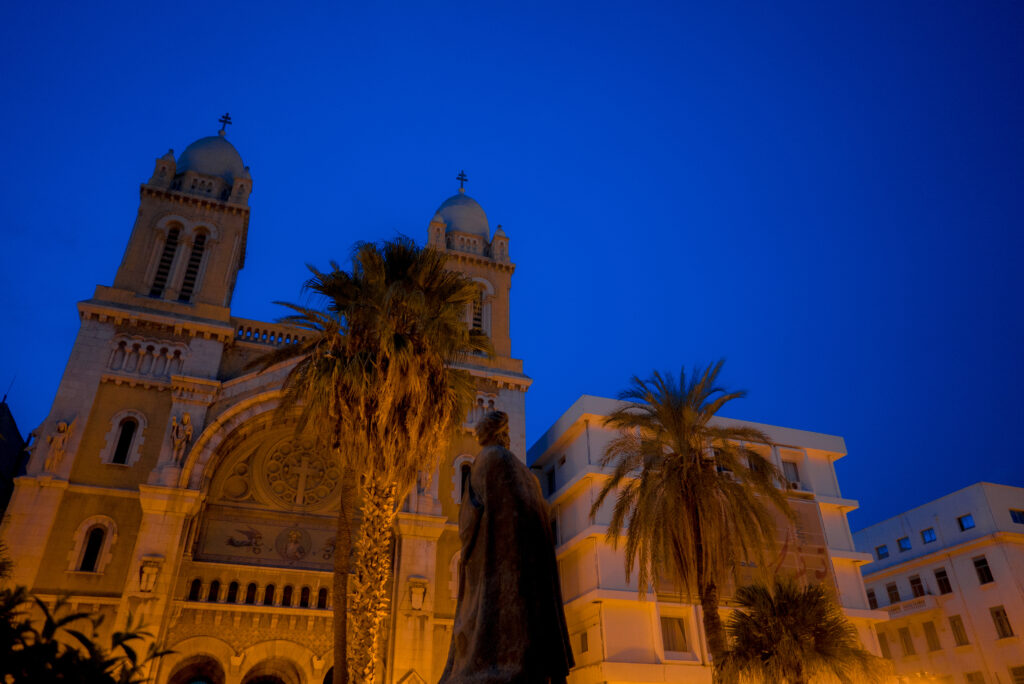
The Romanesque-Byzantine Cathedral of Saint-Vincent-de-Paul is a beautifully preserved edifice in Tunis, one of our must-see destinations in Africa. The cathedral is located near Place de l'Indépendance. It is dedicated to the founder of the Lazaristes and the Daughters of Charity, who was sold into slavery in Tunis in the early 17th century as a young priest. Built gradually between 1893 and 1897, the cathedral was restored in the late 1990s. In 1998, it was honored by a visit from Pope John Paul II. A must-see!
8. What to do in Tunis Stop off at La Goulette
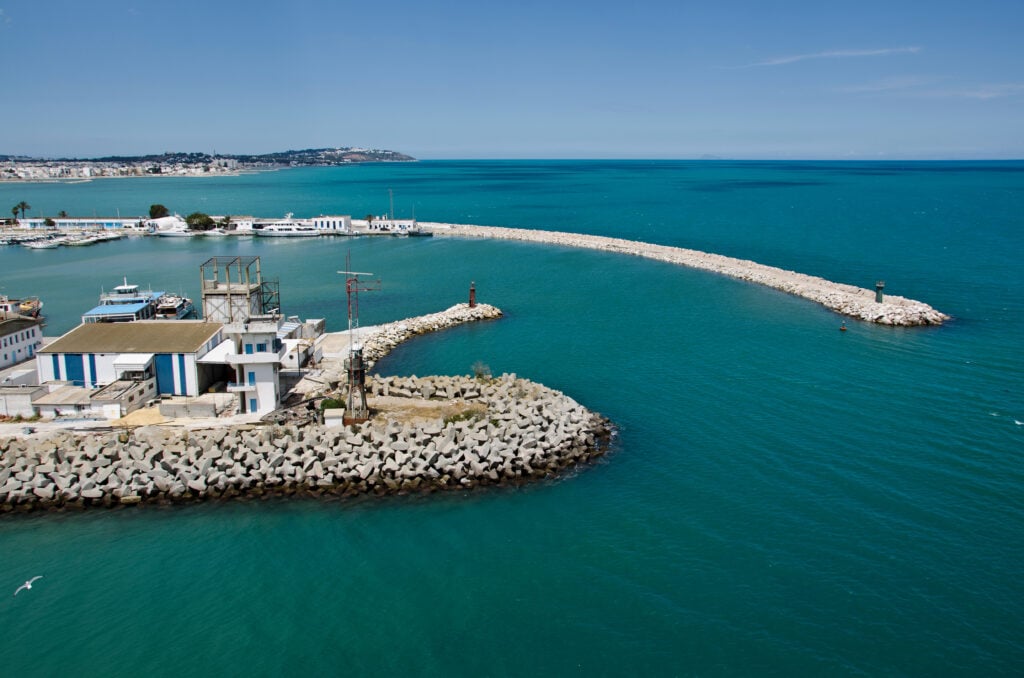
Located on the outskirts of Tunis, 10 km from the capital, La G oulette is Tunisia's main port. Its name derives from the Italian "goleta", a deformation of the Arabic "Halk el Oued". The town has been the scene of numerous attacks, the most notable being that of Barbarossa in 1534. Charles V, after taking control, erected a Spanish-Turkish fortress on the heights, which served as a prison for many years. Historically, La Goulette was better known for its penal colony than for its port activity. Today, tourists are often content to pass through the port on their way to Carthage. Nevertheless, La Goulette is well worth a visit, not least for its culinary speciality: fish.
9. The National Military Museum - Palais de la Rose
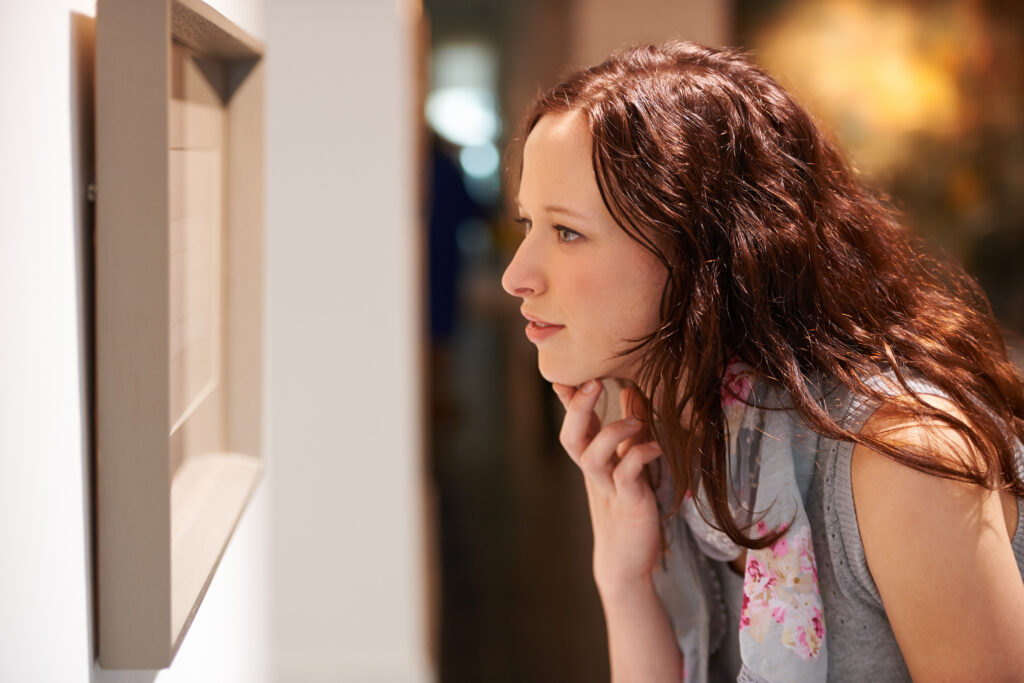
The National Military Museum is housed in the Rose Palace, built in 1793 during the reign of Bey Hamouda Pacha, in the western suburbs of Tunis. Since 1989, the palace has been open to the public , offering an exploration of the different periods in the country's military history, from ancient times to independence, including the Arab-Islamic conquest, the era of the Hafsids, Ottoman governors, Mouradite and Husseinite dynasties, and armed resistance to the French occupation. The collection includes thirteen thousand weapons dating from the 19th century, used by Tunisian soldiers in the Crimean War of 1854. The various collections of historical objects are displayed in successive rooms of the palace in chronological order, covering more than three millennia of Tunisian history.
10. What to do in Tunis Have a cup of tea and head for the souk!
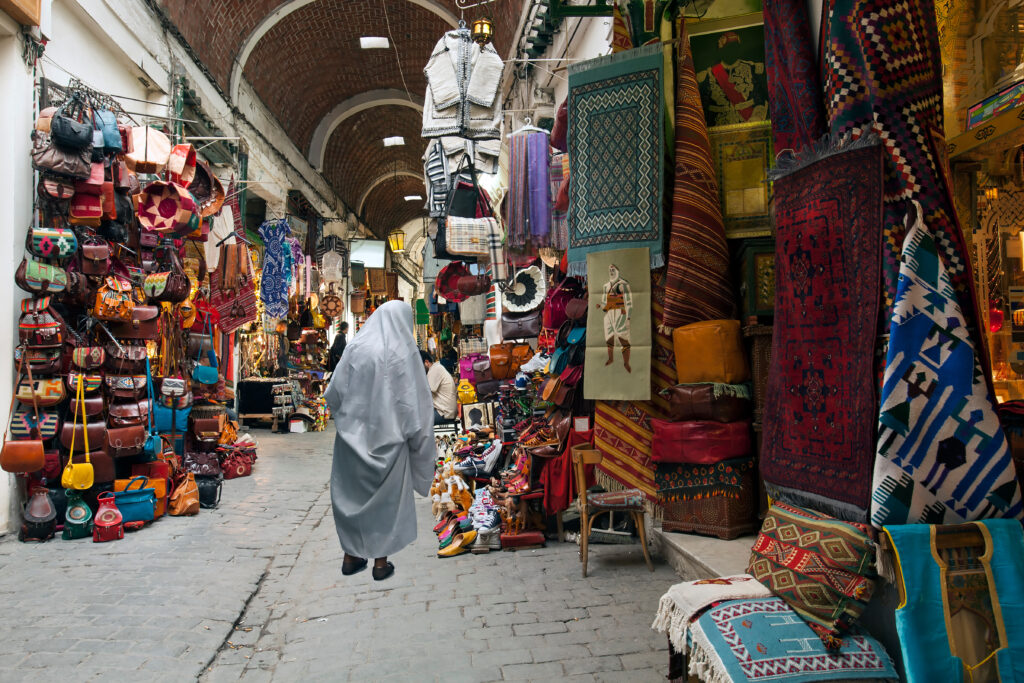
Tunisians (mostly men, it should be noted) love to spend time on the terrace, sipping mint tea or one of the many coffees on offer. It's a ritual not to be missed, and you can also take the opportunity to treat yourself to one of the delicious pastries that Tunisians know so well! Another custom is to head for one of the many souks in the Tunis medina. Here, of course, you'll be able to buy many souvenirs of your trip. Handicrafts are legion: pottery and basketry, silver jewelry, flower, rose and geranium water, essential oils, black soap, rassoul, mint tea and carpets... all of which you'll have to bargain for, with a smile of course!
11. What to do in Tunis Taste Tunisian gastronomy
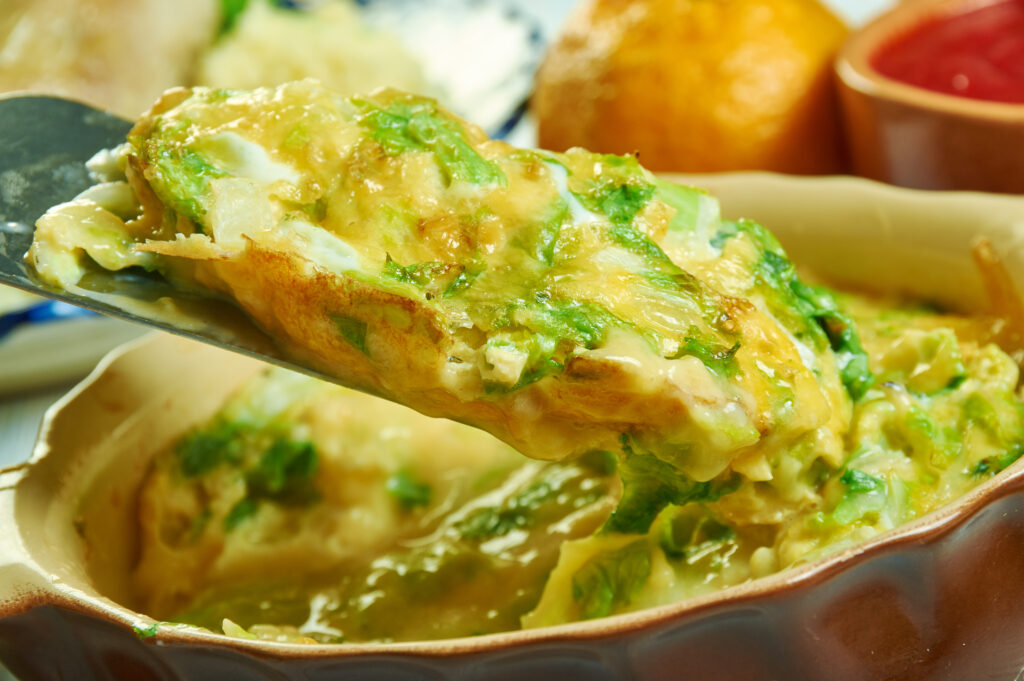
With its rich historical past, Tunisian cuisine is a delicious blend of influences including Arab, Berber, Turkish, Italian, Jewish and French traditions. Due to the proximity of the Sicilian coast, less than 200 km from Tunisia, certain products such as pasta are widely used. The basic ingredients reflect the Mediterranean character, with an abundance of vegetables enhanced by olive oil, parsley, coriander and mint, accompanied by a fine range of spices. Tunisian cuisine is also renowned for its generous use of hot peppers (compared to its North African neighbors), which is reflected in the frequent use of harissa. Fish also occupies a place of choice, and can be found in a variety of forms on Tunisian tables. Finally, desserts are characterized by their abundance of dried fruit, honey, almonds and orange blossom water, while coffee and tea are often accompanied by tasty oriental pastries. In short, bon appétit!
Where to stay in Tunis?
In Tunis, one of our destinations where you can soak up the sun without having to take a plane, you'll want to set down your suitcases in the medina, the historic heart of the city. To take advantage of the sea, you'll need to travel a few kilometers to Gammarth, La Marsa, Carthage and Sidi Bou Saïd.
- The most family-friendly: DAR EL MEDINA
Click here to book this pleasant, tastefully renovatedguesthouse where you'll immediately feel part of the family, just a stone's throw from the pretty Kasbah district and its pedestrian lanes.
- The most luxurious: DAR EL JELD & SPA
This hotel, nestled in the heart of the medina, is a real treat, with a rooftop terrace overlooking the medina (there's even a rooftop pool), a hammam spa, a lemon garden and 16 luxurious suites. Tempted? Click here for rates and availability!
- The most seaside: MÖVENPICK GAMMARTH
A beautiful hotel facing the sea, with a breathtaking view of the hills of Sidi Bou Saïd, which you can book right here. It boasts a beautiful beach and all the luxury of a grand hotel.
What to do in Tunis in 3 days
Day 1: Arrival in Tunis and first steps in the Tunisian capital. Visit the medina (mornings are always preferable), souks and mosques.
Day 2. Visit the Bardo National Museum, then head for Sidi Bou Saïd. Tea or coffee at Café des Nattes or Café des Délices.
Day 3. Visit the archaeological sites of Carthage.
What to do in Tunis with your family
With the kids, we recommend a stroll through the souks to immerse them in the Tunisian atmosphere. Afterwards, you can relax on the beach at La Marsa, drink fruit juice and tea at the Café des Délices, stroll around Carthage, go to the market, stroll through the medina and eat an ice cream..


